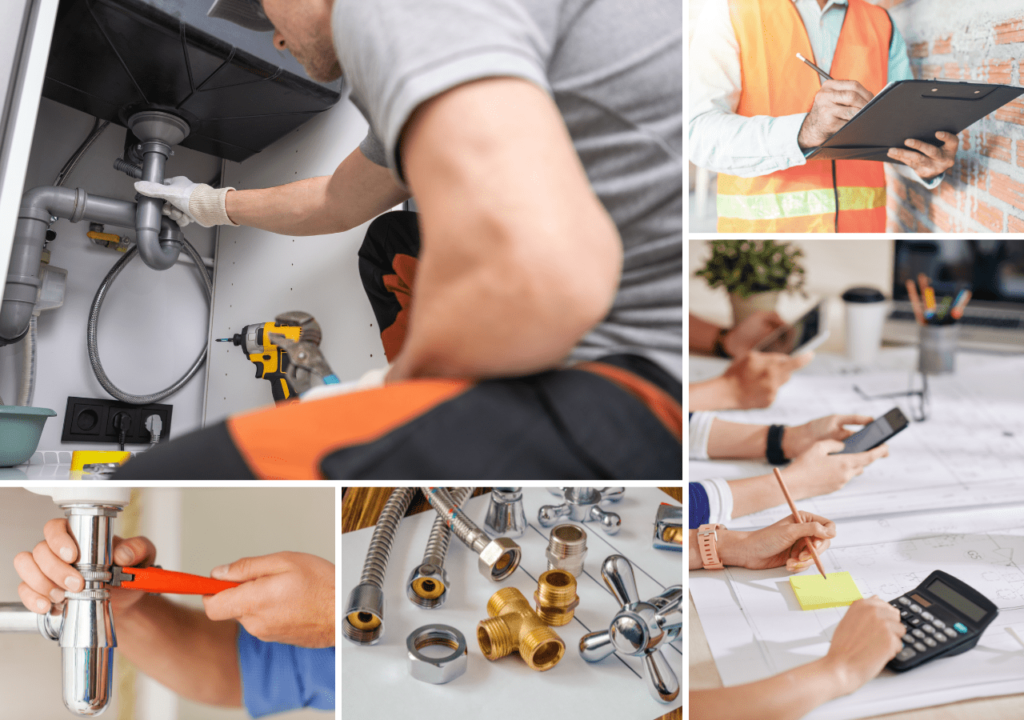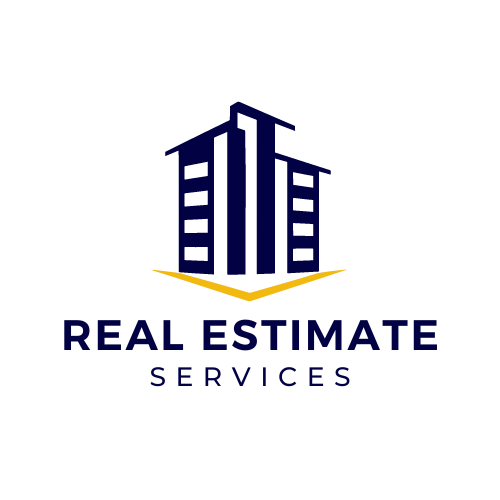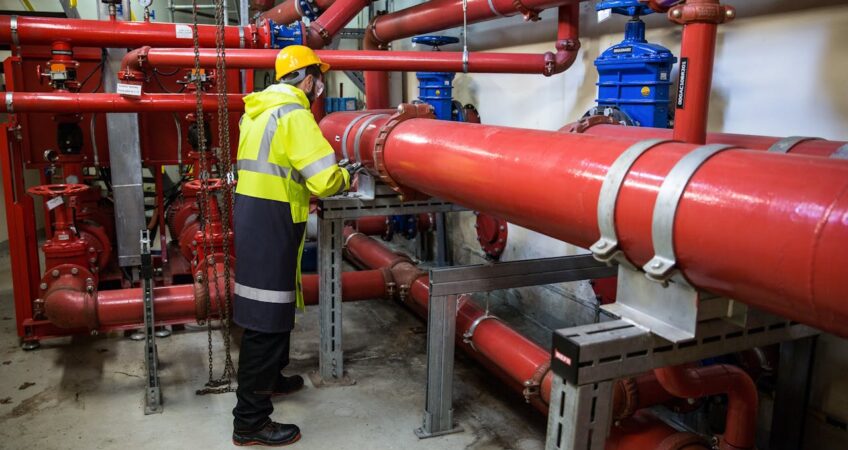Estimating Plumbing Costs: Key Factors and Best Practices
Estimating plumbing costs is an essential step in any construction or renovation project. Accurate plumbing estimates ensure you stay within budget while accounting for all necessary components. In this blog, we will explore the best practices for estimating plumbing costs, including labor, materials, and unforeseen factors that could affect the overall budget.
Understanding the Basics of Plumbing Estimation
When you estimate plumbing costs, it’s important to break down the key elements involved in the project. Whether you are working on a new installation or a repair, consider the following factors:
- Materials: The cost of pipes, fittings, fixtures, and other plumbing supplies.
- Labor: The cost associated with hiring skilled plumbers for installation or repair.
- Timeframe: Estimating how long the project will take can affect overall costs.
- Location: Geographical differences can impact both material and labor costs.
Factors to Consider When You Estimate Plumbing Costs
- Size of the Project The size of the project has a direct impact on the total cost. Large-scale installations, such as commercial buildings, require more materials and labor than small residential repairs.
- Type of Plumbing System Different plumbing systems, such as water, gas, and drainage, have varying costs. The type of system you’re working on will influence the final cost estimate.
- Materials Used High-quality materials like copper pipes are more expensive than PVC but also last longer. Make sure to estimate material costs accurately based on the client’s preferences and the project requirements.
- Permits and Regulations Many regions require plumbing permits for large projects. Factor in the cost of obtaining permits and ensure that all installations comply with local building codes and safety regulations.
- Labor Costs Skilled labor is often the most significant part of the plumbing cost estimate. You must account for the rates plumbers charge, which can vary based on their experience and the complexity of the job.
- Unforeseen Challenges Hidden issues like corroded pipes or difficult-to-reach installations can drive up costs. Always account for a contingency in your plumbing cost estimate to cover unexpected challenges.
Best Practices for Accurate Plumbing Cost Estimation

- Conduct a Thorough Site Inspection Conducting an on-site inspection will help you identify potential challenges early on. This step ensures that your estimate is based on actual conditions rather than assumptions.
- Break Down the Cost by Sections Breaking down the project by individual sections such as kitchen, bathroom, and utility areas helps in giving a more precise estimate. This method also allows you to explain the costs clearly to your clients.
- Use a Plumbing Cost Calculator A plumbing cost calculator can help speed up the estimation process. Many online tools are available to provide approximate plumbing costs based on the scope of work, materials used, and geographical location.
- Consider Plumbing Upgrades If clients are considering upgrading old systems to newer, more efficient technologies, be sure to factor this into the estimate. Although upgrades may have a higher initial cost, they often lead to long-term savings.
- Communicate with Your Client Keeping clear lines of communication with your client ensures that they are aware of any potential changes in cost. Always be upfront about possible additional charges due to unforeseen issues.
How to Keep Plumbing Costs in Check
- Purchase Materials in Bulk: If you are working on multiple projects, buying plumbing materials in bulk can reduce the per-unit cost.
- Avoid Delays: Ensure that materials are delivered on time and that the project schedule is followed to avoid extended labor costs.
- Use Energy-Efficient Fixtures: Suggest energy-efficient plumbing solutions to clients, which may increase upfront costs but lead to long-term savings.
Conclusion: Master the Art of Estimating Plumbing Costs
Accurate plumbing estimates are key to maintaining project efficiency and ensuring that budgets are met. By following these best practices, you will create reliable estimates that benefit both you and your clients. Whether you’re using a plumbing cost calculator or conducting a detailed on-site assessment, a thorough and informed approach will always yield better results.
Make sure to review all aspects of the project before providing a final estimate to your clients. With a solid understanding of the project’s requirements and potential challenges, you’ll be well on your way to delivering a successful plumbing project.

